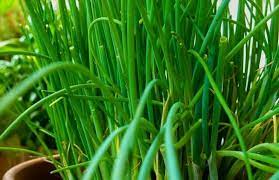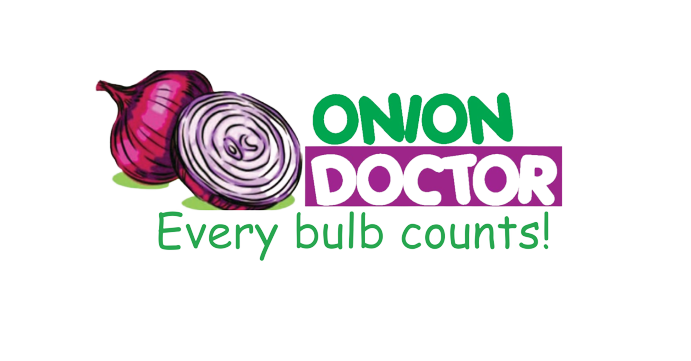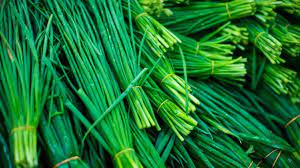CHIVES FARMING IN KENYA

Are you in need of in-depth knowledge on onion and garlic production? If yes, we are a call away. Our service chatter includes: Onion seedlings, Garlic seedlings, Farm planning services, Soil testing, Drip irrigation installation and maintenance, Agronomic support, Onion and Garlic value pack and Farm management. For free consultation, placing orders or booking a visit with an agronomist, please contact us via Call or whatsapp +254703982228, Email: Info@oniondoctor.co.ke.
Chives farming in Kenya is a viable option for farmers interested in cultivating culinary herbs. Chives are a popular herb that belongs to the Allium family, along with onions, garlic, and leeks. They have a mild onion-like flavor and are commonly used in various dishes, adding taste and aroma. A kilo of chives fetches a farm gate price of up to 400 Ksh per Kilo making chive farming a very lucrative venture.
Here are some key points to consider when it comes to chives farming in Kenya:
Harvesting chives
Harvest chives 30-45 days after you transplant or 60 days after seeding. Be sure to cut the leaves down to the base when harvesting. Harvest 3 to 4 times during the first year. In subsequent years, cut plants back monthly.
• Chives have a relatively short shelf life, so it's important to harvest and market them promptly. Establish market connections with local restaurants, supermarkets, or farmers' markets to sell your chives.
Post-harvest handling of chives
Use chives when they’re fresh or frozen, freeze the leaves in an airtight bag. Dried chives lose their flavor hence drying should not be done in any case. Store chives in a cool place.
Onion Doctor supports small holder farmers across Africa with quality and affordable Onion and Garlic seedlings, Onion seedlings, Farm planning services, Soil testing, Drip irrigation installation and maintenance, Agronomic support, Onion and Garlic value pack, Farm management, E-extension and on-farm training for farmers to optimize on yields and get maximum profits.

